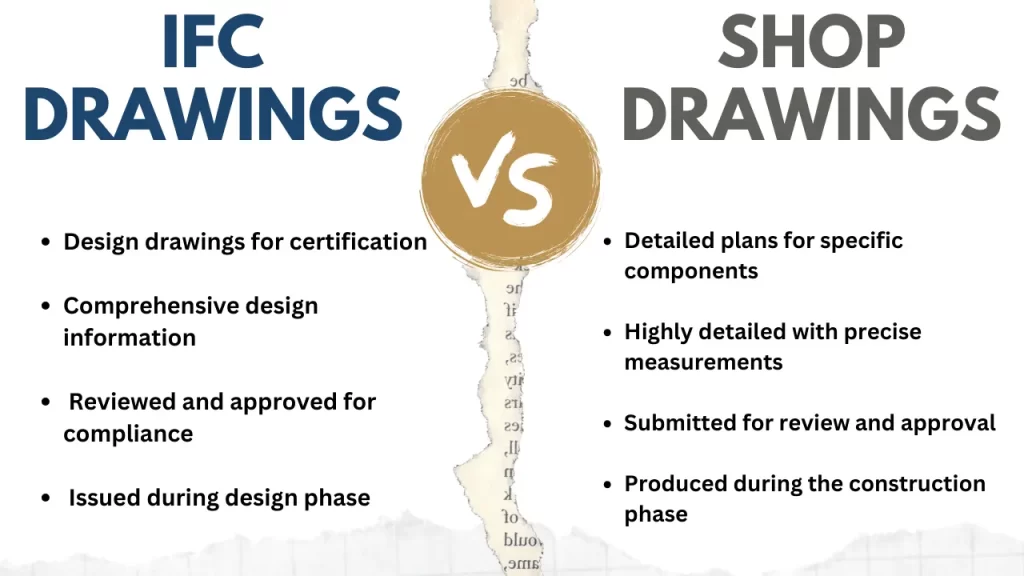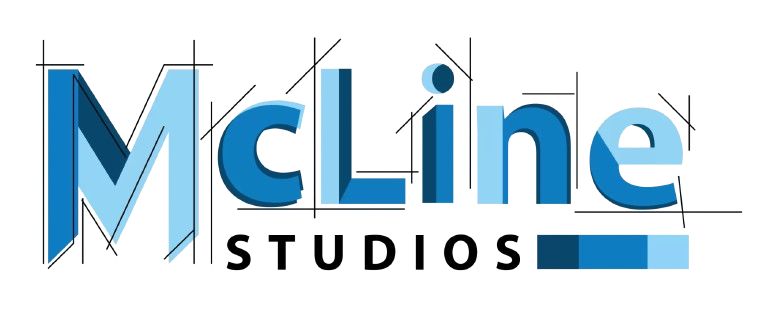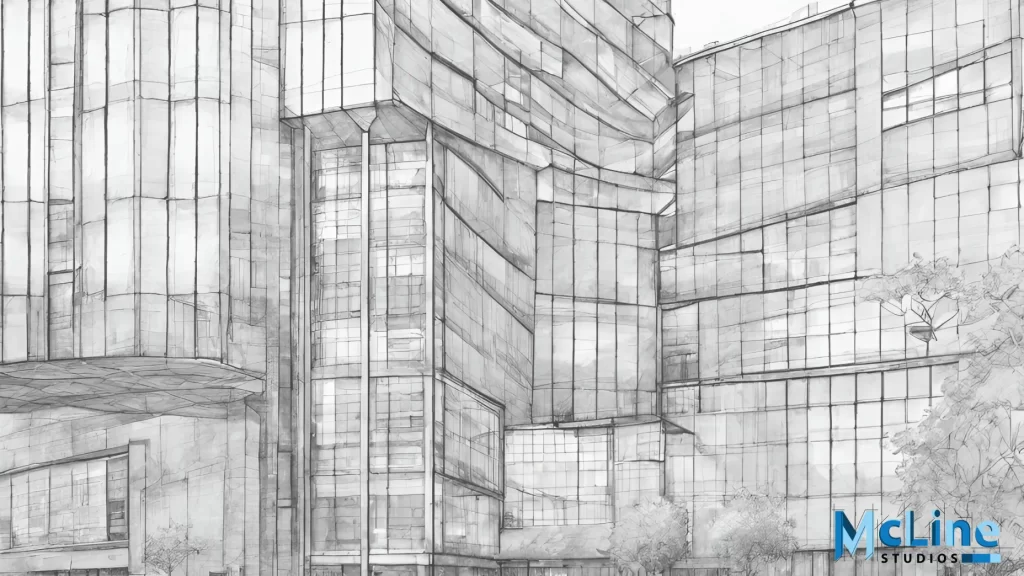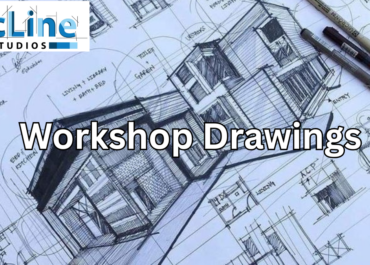One crucial aspect of ensuring a successful project is the effective communication of design and construction details. This is where shop drawings and IFC drawings come into play. Both serve as essential tools in the construction process, but they differ significantly in their purpose, format, and level of detail.
In this article, we will explore the key distinctions between shop drawings and IFC (Issued for Certification) drawings, shedding some light on how they streamline project management and enhance collaboration among stakeholders. Whether you’re a seasoned professional or new to the field, understanding these differences is vital for ensuring your construction projects are executed with accuracy and efficiency.
What are IFC Drawings?
IFC drawings are the final set of drawings in a construction project, representing the approved and finalized design and construction documentation. These drawings provide comprehensive and detailed information for the construction team to execute the project accurately and in compliance with the design specifications.
IFC drawings are typically part of a larger set of construction documents, including specifications, schedules, and other project-related information. Architects, engineers, and other design professionals collaborate to create these documents, and they go through various revisions and reviews before reaching the IFC drawings construction stage.
Once the IFC drawings sets are issued, they mark a critical milestone in the construction project, signifying that the design has been finalized, reviewed, and approved for construction. These drawings are the basis for the actual building process and provide the necessary guidance to ensure that the project is executed according to the approved design, in compliance with safety and quality standards, and within the specified budget and timeline.
Purpose of IFC Drawings
IFC drawings serve several important purposes:
- Construction Execution: IFC drawings serve as a comprehensive guide for contractors and builders, outlining the exact details and specifications required to construct the building or infrastructure. They include detailed plans, sections, elevations, and other documentation necessary for construction.
- Coordination: These drawings help coordinate the efforts of various contractors and subcontractors working on the project. They ensure that all parties involved understand the design intent and work from the same set of approved plans.
- Compliance: IFC drawing services are typically reviewed and approved by relevant authorities and regulatory bodies to ensure that the construction meets all necessary building codes and standards.
- Change Control: Any changes to the design after the IFC drawing sets are issued require careful consideration, as they can impact the project’s timeline and cost. Changes are typically documented through request for information (RFI) processes and updated drawings.
- Record Keeping: IFC construction drawings also serve as a historical record of the project’s construction phase. They are crucial for future maintenance, renovations, and understanding the as-built condition of the structure.
What are Shop Drawings?
Shop drawings are detailed technical drawings or diagrams created in various industries, particularly in construction and manufacturing. These drawings serve a crucial role in translating the conceptual design and engineering plans into practical, executable instructions for construction or fabrication.
Shop drawings provide detailed information about specific components, materials, and their assembly. They may include detailed measurements, materials specifications, construction methods, and other relevant details.
Shop drawings also cover a wide range of items, including structural steel, concrete, millwork, mechanical systems, electrical systems, plumbing, and more. Each type of shop drawing is created by professionals with expertise in their respective fields.
They play a crucial role in coordination among different parties involved in a project. For example, they help ensure that the various building components fit together as intended and that there are no conflicts or clashes in the construction or fabrication process.
Purpose of Shop Drawings
The primary purpose of shop drawings is to provide detailed and specific information to facilitate the fabrication, assembly, and installation of various components in construction and manufacturing projects. These drawings serve several important purposes, including:
- Clarification and Visualization: Shop drawings help clarify the design intent of architectural and engineering plans by providing a visual representation of how specific components or systems will be built or installed. They offer a detailed and practical view of what the finished product or construction element should look like.
- Coordination: Shop drawings play a crucial role in coordinating different trades and components within a project. They help ensure that all parts fit together seamlessly without conflicts or clashes. This coordination is essential to avoid costly delays and rework during construction or fabrication.
- Customization: Shop drawings or MEP drawings are tailored to the unique requirements of each project. They take into account variations, modifications, and specific conditions that may not be fully covered in the general design or architectural drawings. This customization ensures that the project meets the client’s needs and local building codes.
- Quality Control: Contractors, fabricators, and manufacturers use mechanical shop drawing services as quality control tools. By providing precise instructions and specifications, these drawings help ensure that all components are fabricated and installed correctly, meeting the necessary standards and regulations.
How Shop Drawings are Different from IFC Drawings?

Purpose
- IFC Drawings: IFC drawings are primarily used for collaborative design and information exchange. They focus on representing the overall building structure and systems.
- Shop Drawings: Architectural shop drawings are construction-focused and detail how specific components are fabricated, assembled, and installed.
Origin
- IFC Drawings: Typically prepared by architects and engineers, IFC drawings serve as the basis for the entire project, encompassing the overall design and system integration.
- Shop Drawings: Prepared by contractors, subcontractors, and fabricators, shop drawing services are specific to individual components or systems, including architectural, mechanical, and electrical aspects.
Level of Detail
- IFC Drawings: IFC drawing sets offer a high-level, comprehensive view of the project and its components, with a focus on the building as a whole.
- Shop Drawings: Shop drawing services are highly detailed, specifying measurements, materials, and installation methods for individual elements, ensuring precision in execution.
Collaboration
- IFC Drawings: IFC drawings facilitate collaboration among various project stakeholders by providing a common platform for sharing information and making design decisions.
- Shop Drawings: Shop drawings primarily aid communication and coordination between contractors, fabricators, and other trade professionals.
Lifecycle Stage
- IFC Drawings: IFC drawing sets are most crucial during the design and early construction phases, guiding the project’s overall vision and integration.
- Shop Drawings: Shop drawings come into play during the construction phase, ensuring that components are produced and installed accurately.
The Bottom Line
In conclusion, understanding the fundamental differences between IFC drawings and Shop drawings is crucial for anyone involved in the construction and design industry. While IFC drawings serve as the backbone of building information modeling (BIM), allowing for seamless collaboration and data exchange, Architectural shop drawings are the detailed blueprints that bring these concepts to life during the construction phase. Each has its distinct purpose and plays a vital role in the successful execution of construction projects.
At McLine Studios, we recognize the importance of precise and accurate Shop drawings. Our team of experienced professionals specializes in delivering top-notch shop drawing services that meet and exceed industry standards. With a deep understanding of architectural and engineering intricacies, we ensure that your project is built to perfection.
Contact us today to learn more about our services and how we can contribute to the success of your next construction work.




